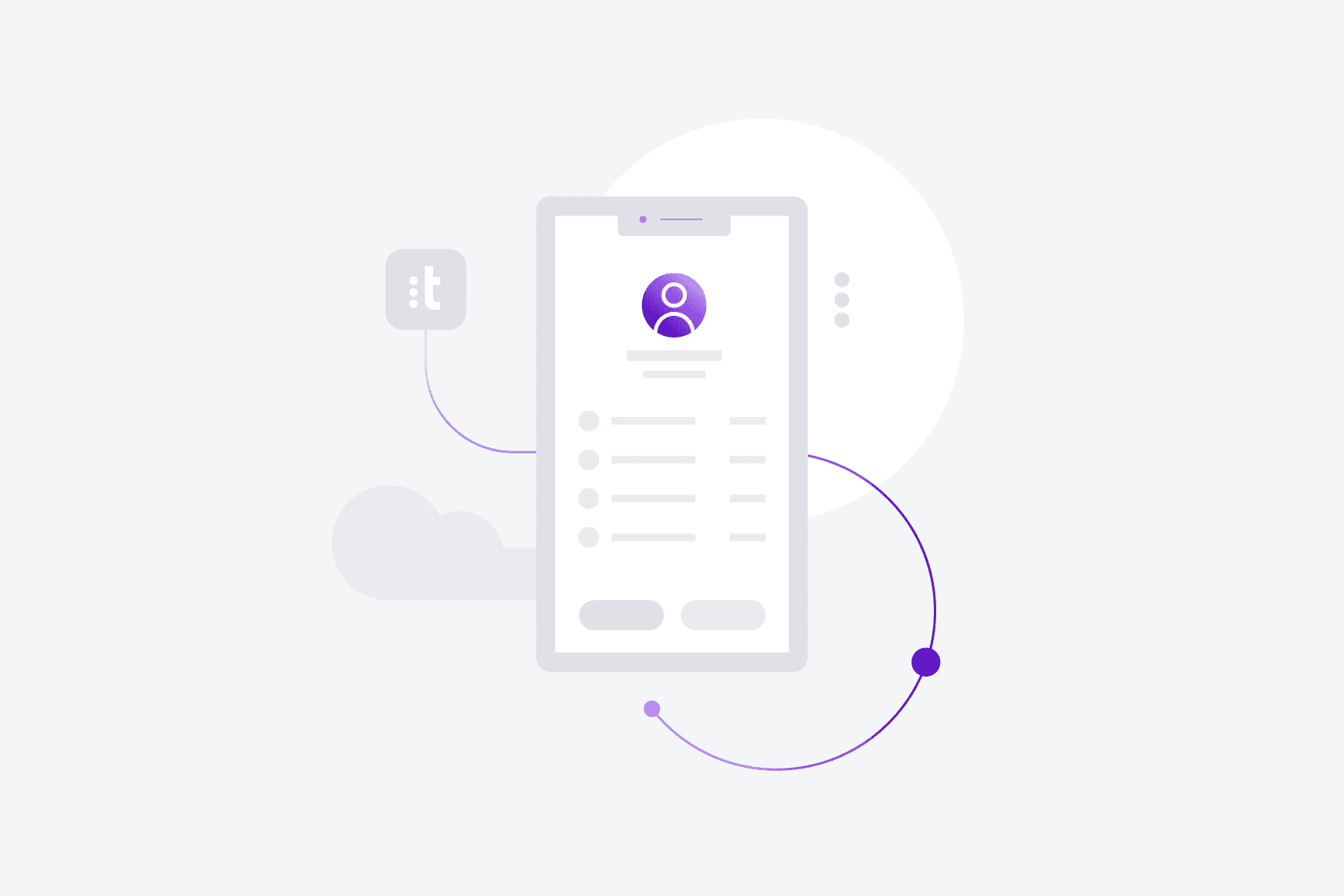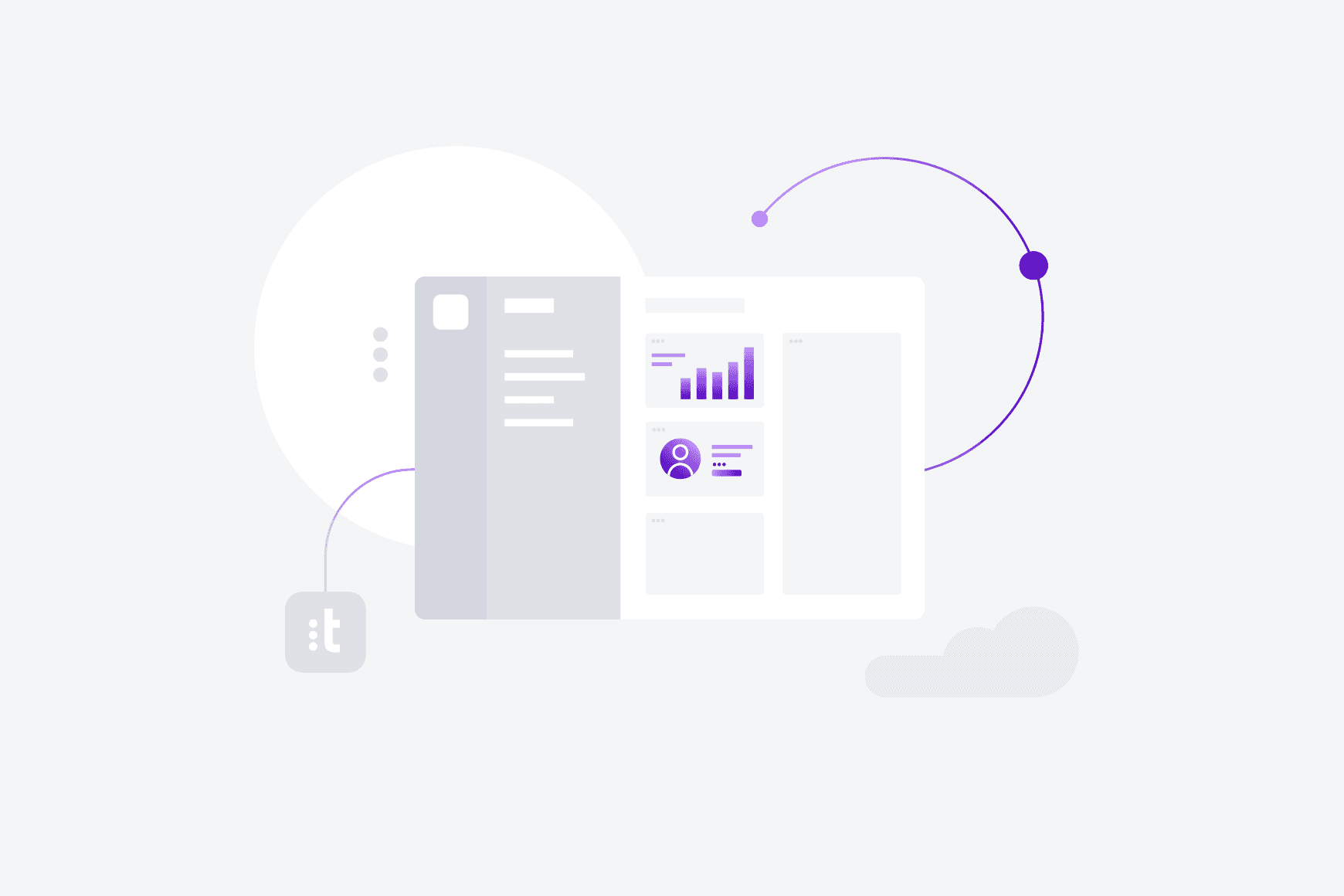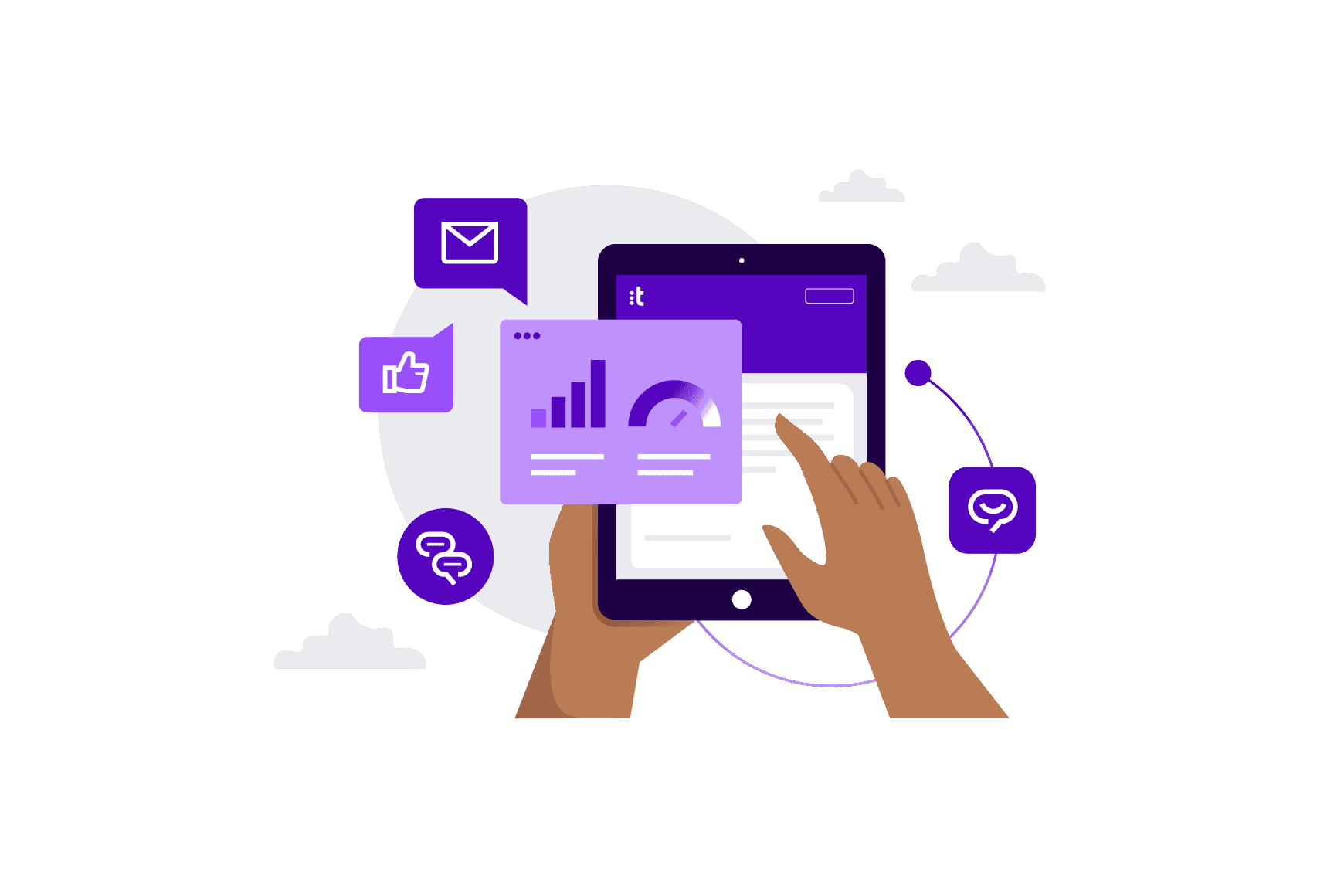Contact Center Trends
8 Steps to Build Successful Customer Surveys in Your Contact Center

How to Build Impactful Contact Center Customer Surveys
Successful customer survey programs are characterized by clear objectives, concise questions and closed-loop feedback processes. They can provide valuable business intelligence, customer insights and product or process feedback when properly developed, deployed and analyzed. Many customer service organizations, however, struggle to get valid insights, move survey data into action or share the findings throughout the organization.
In these eight steps, we’ll explain how to develop a customer survey that will ensure better results and opportunities for long-term survey success.
1) Define clear objectives that support your reasons for having a survey (aka: the strategy!)
- What is your purpose for having a survey?
- Based on your purpose, who should you survey?
- What is your timeframe for conducting the survey?
- How do you intend to use the survey findings?
2) Decide on the best format and delivery method for the survey
- What types of questions do you need to ask?
- In which channel or channels will you offer the survey?
- How will you capture answers and store results?
- Is there potential for someone with a self-interest in the results to be in a position to affect the sample? (For example, do you allow agents to offer the survey to customers?)
- What quantitative or qualitative data do you need to support your purpose?
3) Determine your desired sample size
- Your response rates will vary depending on the channel that is utilized for the survey. It’s important to remember this when determining the total number required to achieve your target number of completed surveys.
- Research finds that SMS, post-call IVR and web-based surveys provide the highest response rates, while email and paper surveys typically yield the lowest returns.
4) Develop your survey questions
- Only ask questions that are tied to your survey’s purpose and objective.
- Keep your survey to less than five questions (ideally two-three) with the goal of the average respondent being able to complete your survey in less than three minutes.
- Limit your use of open-ended questions and if required, include only one that asks for the respondent to explain their overall ratings or general perceptions.

![[object Object]](/pt-br/_next/image/?url=https%3A%2F%2Fcms.talkdeskqa.com%2Fapp%2Fthemes%2Ftalkdesk-com%2Fassets%2Fimages%2Flogos%2F&w=3840&q=50)
Discover How Companies Use Talkdesk To Deliver Exceptional Experiences
5) Test your survey before making it live
- Use an internal team to take the survey in its entirety to test for bugs and run sample reporting.
- Once internal tests are complete, deploy the survey with a small sample of customers to ensure that questions are clear and responses are addressing the issues as needed.
6) Deploy the survey and analyze your results
- Based on your previous decisions, launch the survey across your desired channels.
- Establish your schedule for collecting survey data, calculating results and communicating the findings to the appropriate stakeholders within the organization.
- Leverage various types of survey analysis, such as segmenting by persona, product type or geography to reveal trends, weaknesses, strengths or whatever key data is needed to support your strategy for surveying in the first place.
7) Proactively share the results of the survey
- Don’t miss out on the opportunity to leverage survey findings for broader business intelligence, employee coaching and customer engagement programs. Survey feedback may unexpectedly help your marketing team, enable product innovations or inform your executives, board members or shareholders on customer engagement and satisfaction
- Have a plan for sharing results with your customers, too. It’s rare to find a business that will reveal survey findings and feedback to their customer base but, when it is offered, it bolsters customer confidence and contributes to increased response rates on future surveys.
8) Close the loop when the survey is over
- Have a plan to follow-up with customers when they provide feedback.
- For your detractors, leverage agents or retention specialists to personally contact the customer and attempt to resolve their issues, offer additional value and focus on retaining their business and loyalty.
- When it comes to your promoters, there should also be an effort to make personal contact and further enhance their brand affinity. Leverage these advocates to your advantage, as they’re the most likely to purchase additional products and services. Additionally, their promotion of your products and services to their personal networks is an invaluable form of advertising.



